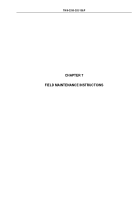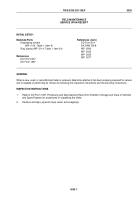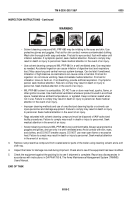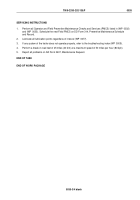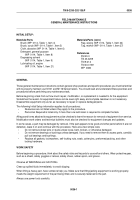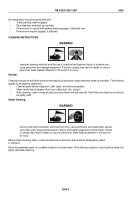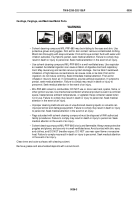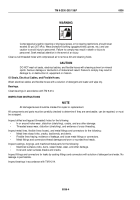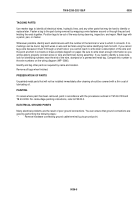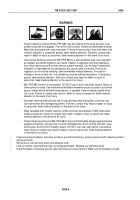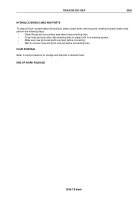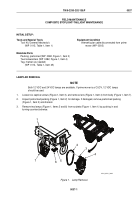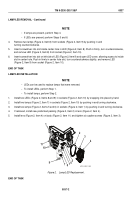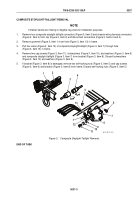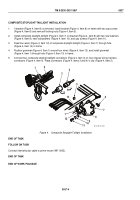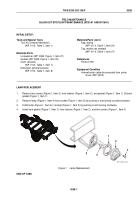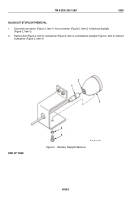TM-9-2330-202-13-P - Page 169 of 552
TAGGING PARTS
Use marker tags to identify all electrical wires, hydraulic lines, and any other parts that may be hard to identify or
replace later. Fasten a tag to the part during removal by wrapping a wire fastener around or through the part and
twisting the ends together. Position tags to be out of the way during cleaning, inspection, and repair. Mark tags with
a pencil, pen, or marker.
Whenever possible, identify each electrical wire with the number of the terminal or wire to which it connects. If no
markings can be found, tag both wires or wire and terminal using the same identifying mark for both. If you cannot
tag a wire because it must fit through a small hole or you cannot reach it, write down a description of the wire and
the point at which it connects or draw a simple diagram on paper. Be sure to write down enough information so you
will be able to properly connect wires (or wire and terminal) during assembly. If you need to identify a loose wire,
look for identifying numbers near the end of the wire, stamped on a permanent metal tag. Compare this number to
the wire numbers on the wiring diagram (WP
0080).
Identify and tag other parts as required by name and location.
Remove all tags when finished.
PRESERVATION OF PARTS
Unpainted metal parts that will not be installed immediately after cleaning should be covered with a thin coat of
lubricating oil.
PAINTING
On areas where paint has been removed, paint in accordance with the procedures outlined in TM 43-0139 and
TB 43-0209. For camouflage painting instructions, refer to FM 20-3.
ELECTRICAL GROUND POINTS
Many electrical problems are the result of poor ground connections. You can ensure that ground connections are
good by performing the following steps:
•
Remove hardware connecting ground cable terminal lug to ground point.
TM 9-2330-202-13&P
0036
0036-5
Back to Top

